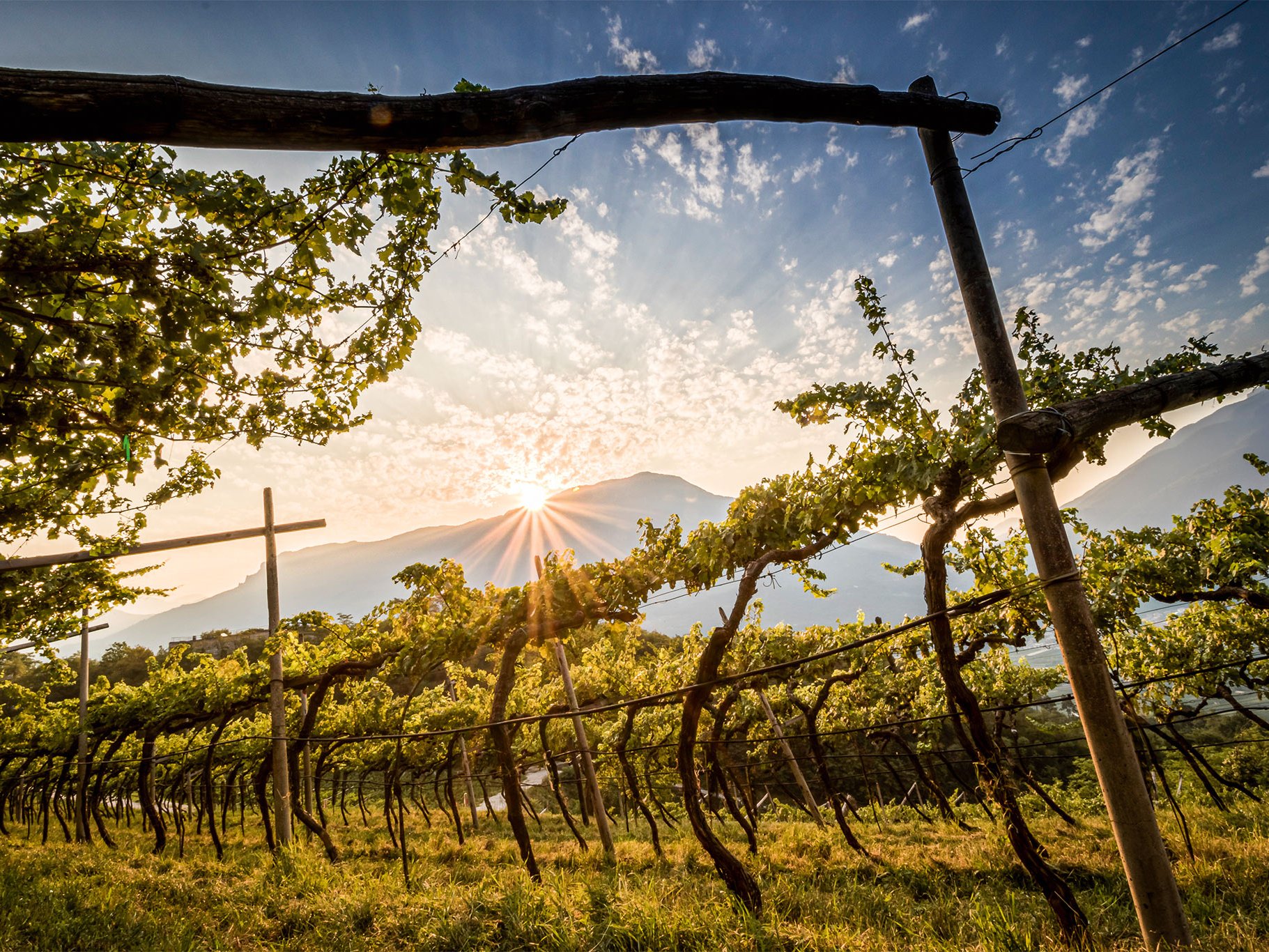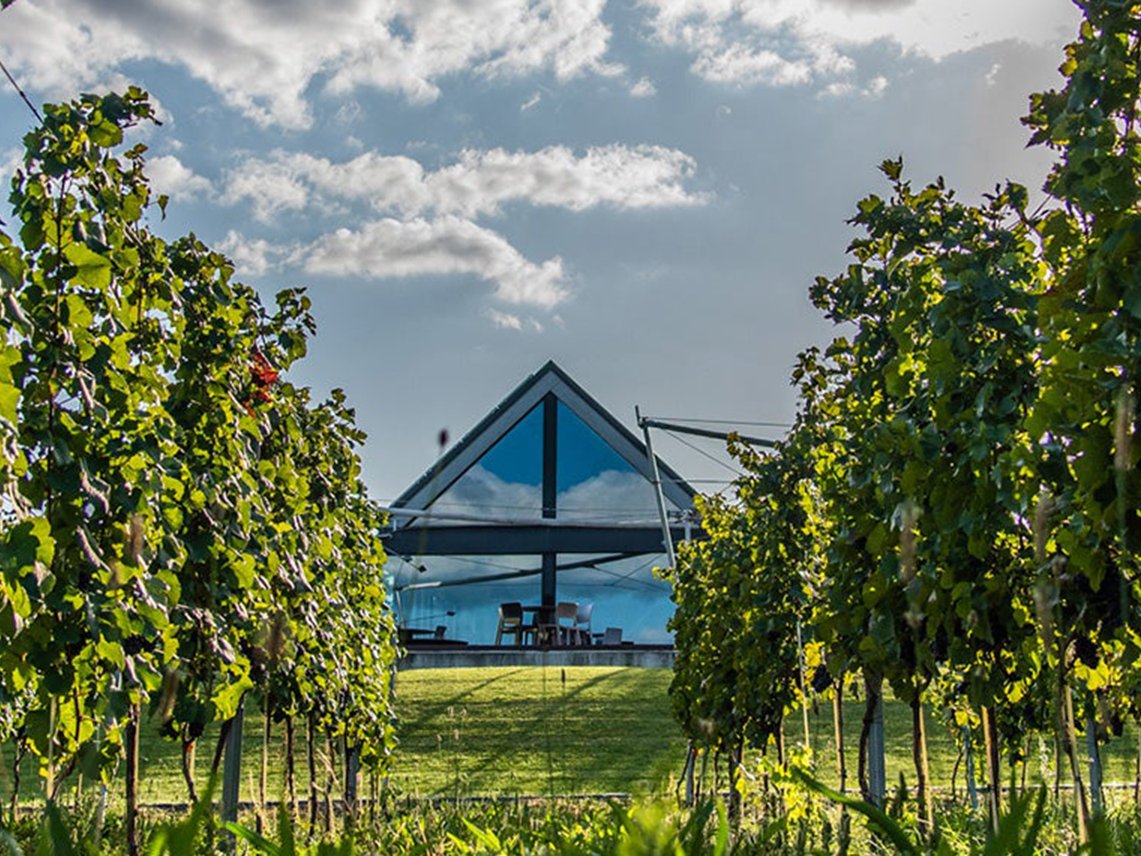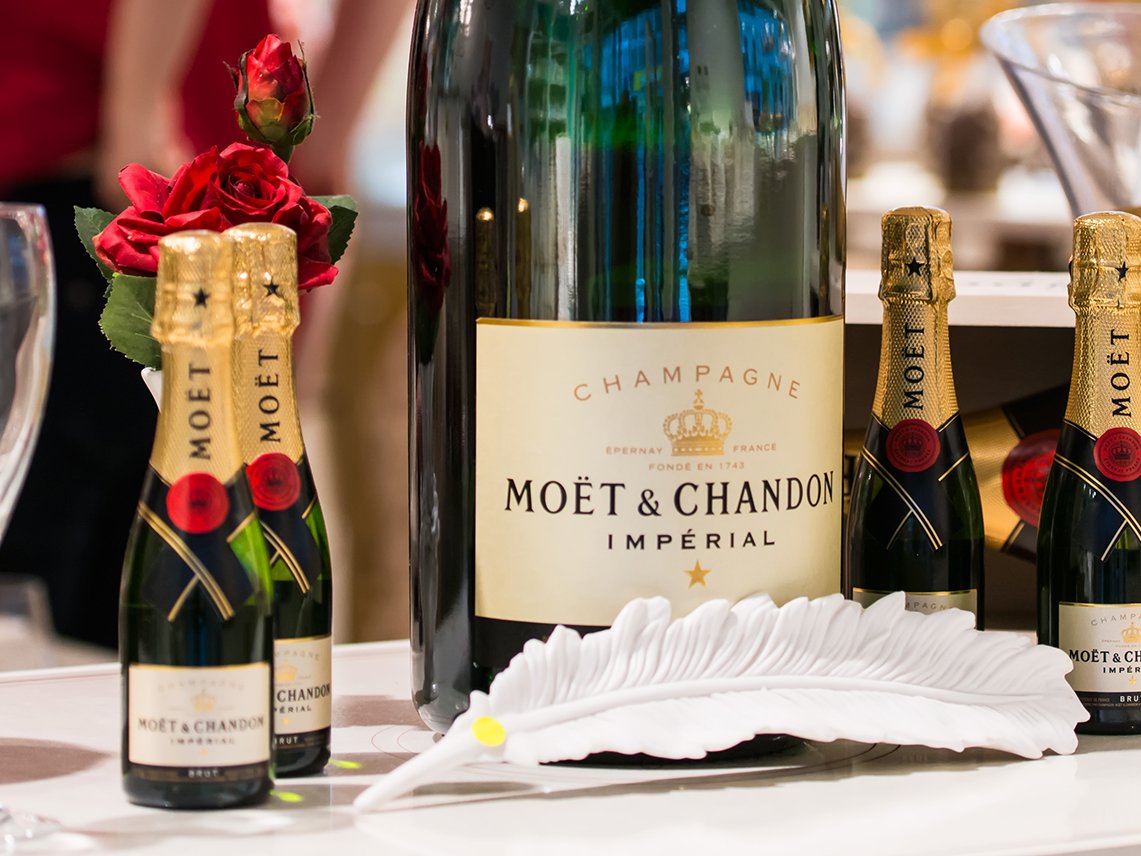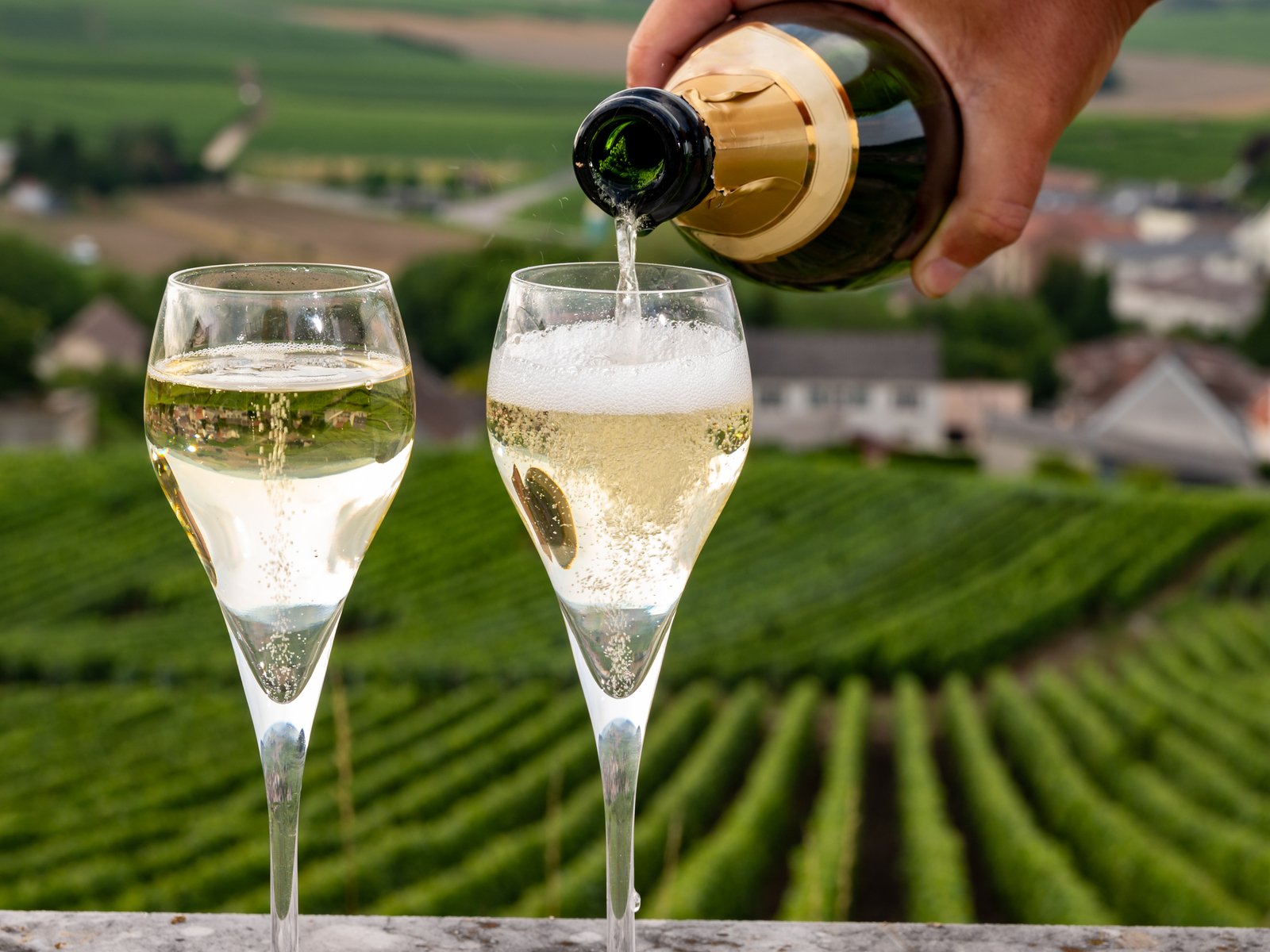Why Crémant is on the rise
France's diverse regions, from the rolling green hills of Alsace to the sun-drenched vineyards of the Loire, enchant travellers with their cultural landscapes. The French Crémants produced here reward him with a wide variety of flavours and great enjoyment.
The flagships of French sparkling wine production - the Crémants - have reached ever higher quality standards in recent years and are gaining an ever-growing fan base worldwide. "From the wineries' perspective, 2022 will be one of the best vintages since 2018 in terms of both quality and quantity," confirms Fabien Branchu, President of the Fédération Nationale des Producteurs et Élaborateurs de Crémant, the French Crémant producers' association. "Like almost all of Europe, we recorded very high harvest losses in 2021. In many places, almost the entire harvest was lost due to frost, as in the Jura, or other capricious weather conditions. Fortunately, we can now somewhat compensate for this with the very good 2022 vintage," he says happily.
Record-breaking Alsace
Alsace is the undisputed leader in Crémant production, with almost 38 million bottles sold in 2022. The 170 kilometers of the legendary, picturesque Alsace Wine Route alternate between well-known romantic wine-growing villages, vineyards and beautiful landscapes. Right in the middle, between Colmar and Mulhouse, lies the small village of Bergholtz. The Dirlers and Cadés have been producing wines and Crémants of the highest quality here for five generations. Today, the Dirler-Cadé winery is run by the married couple Ludevine and Jean. "Looking back, it was the best decision to start biodynamic cultivation back in 1998," explains Jean Dirler expertly.
The roots of our vines grow deeper and are better able to cope with the new climatic challenges, especially the lack of water in recent years. In contrast to conventional cultivation, they suffer less from drought stress.
Ludvine Cadé adds that deeper roots and the resulting higher absorption of minerals and nutrients into the berries give the wines more complexity and, thanks to biodynamic cultivation, also more acidity.
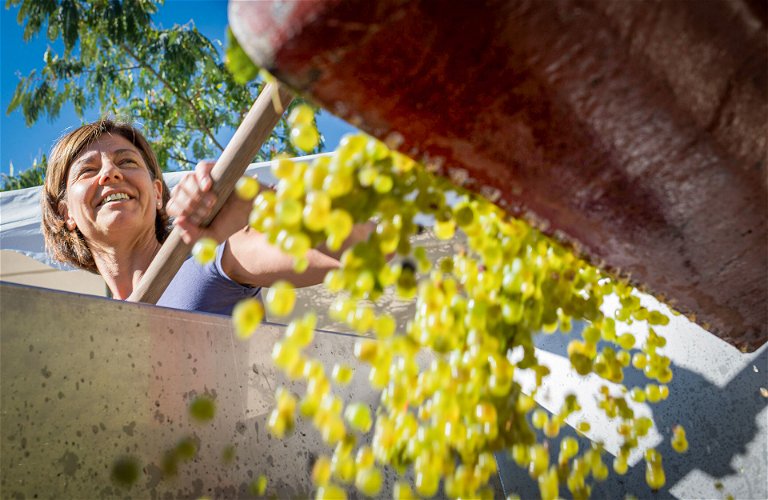

The straightforward, energetic freshness of the two "Brut Nature Cuvées" - whether white or rosé - from the hot 2019 vintage therefore convinced the jury. The long yeast ageing period of three years, which is now much shorter at other traditional wineries such as Albert Mann, Domaine Barmès-Buecher or the top cuvées "Expression" or "Reverence IX" from global player Wolfberger, also contributes to this and therefore lacks some of the earlier finesse.
Due to the high demand for Crémant in 2022, with legendary sales of almost 104 million bottles from all regions, the warehouses are empty. This seems to have forced the company to start marketing earlier this year.
This is exactly where things are boiling behind the scenes. Some of the regions, such as the Loire, Burgundy and Jura, have amended their statutes for the 2022 vintage under government approval from the INAO (Institut National des Appellations d'Origine), the national control instrument for the production conditions of wines with the AOP label. Currently, sales can begin after just nine months of yeast storage, limited to the provisional period of one year, and not only after the statutory twelve-month total storage period. This is intended to cushion the financial losses of the wine estates from the poor harvests of recent years, particularly in Burgundy and the Jura. The Alsatian Crémant Association refused to accept this measure, which the Alsatians see as reducing quality, and withdrew from the association in June. Other requirements such as traditional bottle fermentation and manual harvesting remain untouched.
Traditional Burgundy
Burgundy also had to contend with similarly adverse weather conditions and thus lower yields. The term "Crémant" with a protected designation of origin and traditional bottle fermentation was introduced here in 1975. In addition to the large trading houses, family-run wineries play a prominent role. The defining difference to other regions is the widespread cultivation area, which stretches from the southern Côte Chalonnaise via the Côte d'Or to the hinterland of Chablis.

We meet Agnes Paquet on the Côte d'Or near Auxey-Duresses. In addition to its still wines, it has also been known for its Crémant for years. "In my cuvée with a large proportion of Chardonnay and Pinot Noir and a small amount of Gamay and Aligoté, I combine the typical, local grape varieties," she says enthusiastically.
For my wines, authenticity and the reflection of the terroir with our old wine tradition is the incentive and motivation.
This is exactly what she conveys in her Crémant - a piece of her Burgundian homeland, which is characterised by the distinctive regional, limestone-rich soils. This also applies to Patrik Piuze from Chablis. His Crémant polarises and impresses the jury with its expressive minerality and subtle, multi-layered taste nuances.
Chenin is the trump card
The Loire is almost neck and neck with Burgundy in terms of sales of "Fines Bulles", as they are known. The region's sparkling wines are an integral part of France's longest river. The temperate climate is ideal. Limestone and tufa cliffs give the wines their special mineral character. The towns of Saumur and Touraine are the centre of Crémant production.
Once again this year, nationally and internationally renowned brands such as Ackermann, Gratien & Meyer, Langlois-Chateau and Bouvet Ladubay will dominate the market.
One of the largest producers is Bouvet Ladubay from Saumur. Bouvet is increasingly focusing on the region's traditional leading grape varieties, Chenin and Cabernet Franc. "Chenin from Saumur is our deepest passion, our identity and our future!" confirms co-owner Juliette Monmousseau from Bouvet Ladubay. The 2019 Bouvet "Chenin Zero" Saumur was particularly convincing in the tasting. This year, the top cuvée "Ogmius" Saumur was presented not only as a white cuvée from the 2015 vintage, but also for the first time as a rosé from 2019 in a magnum bottle. The large bottles in particular show that even longer ageing on the lees is desirable in order to further increase the quality potential.
The Crémants come from the small, 33-hectare growing area in the middle Rhône. Here, the fruity sparkling wines from the Clairette grape variety determine the taste profile. In Savoy, where the climate is characterised by alpine influences, the autochthonous grape varieties Altesse and Jacquère are used. They are the basis, such as in the case of the "Clos Petraz Cremant de Savoie", for exceptional, independent taste experiences.
The Crémants from Bordeaux, which have experienced a brilliant rise in recent years, are worth mentioning. The area under cultivation has doubled and production now accounts for ten percent of total Crémant production.
The small Limoux appellation in the Languedoc region also recorded increased demand for its sparkling wines. The Crémants from the Jura, which are in demand in the gastronomy sector, are now rarities, as the harvest loss in 2019-2021 was around 80 to 90 percent due to the weather.
The boom in French Crémants seems unbroken. The excellent qualities with the different flavours as well as the good price-performance ratio appeal to many sparkling wine lovers. It is worth discovering the regional diversity of the eight Crémant appellations for your own personal enjoyment.
Don't miss out!
Sign up now for our newsletter.


